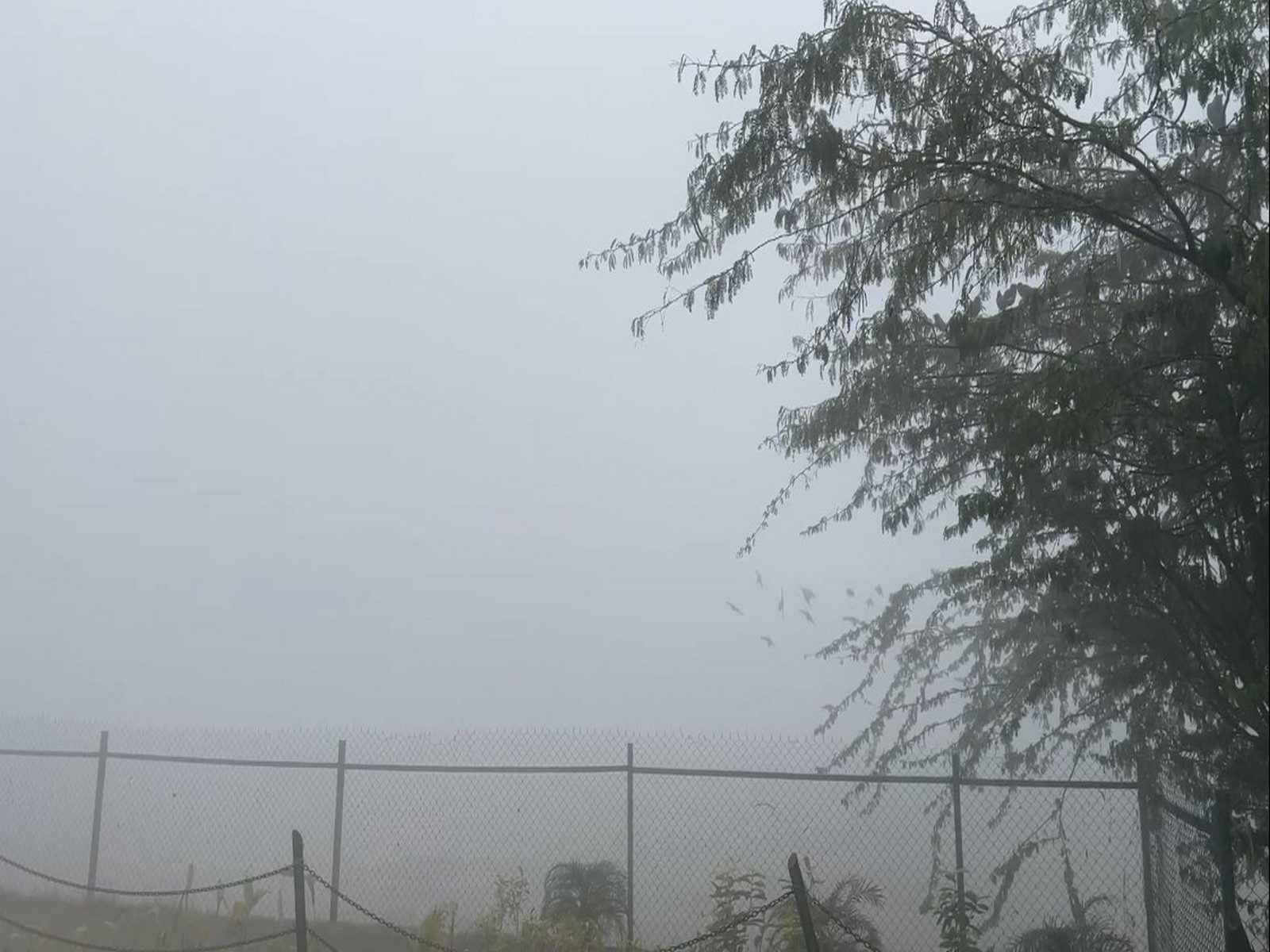28 killed in flash floods, cold lava flow in Indonesia
May 12, 2024

Jakarta [Indonesia], May 12 : At least 28 people, including children, have died after flash floods and cold lava flew from a volcano hit western Indonesia, Al Jazeera reported, citing rescue officials.
Basarnas Search and Rescue Agency said in a statement on Sunday, mentioning that the disaster hit Agam and Tanah Datar districts in the West Sumatra province at about 10:30 pm (15:30 GMT) on Saturday after hours of heavy rain, triggering a flash flood and a cold lava flow from Mount Merapi.
Cold lava, also known as lahar, is volcanic material like ash, sand and pebbles carried down a volcano's slopes by rain.
Moreover, photos and videos posted on social media showed large rocks and thick mud covering the streets of West Sumatra, as reported by Al Jazeera.
The disaster comes just two months after another deadly flooding hit the same island.
Following the floods, the authorities dispatched a team of rescuers and rubber boats to look for the missing victims and to transport people to shelters.
Meanwhile, the local government set up evacuation centres and emergency posts in several spots in the two districts to extend help, as reported by Al Jazeera.
Notably, Indonesia is prone to landslides and floods during the rainy season.
Last week, 15 people were killed in South Sulawesi after landslides and flooding swept away homes and damaged roads in the region.
Earlier in March, at least 26 people were found dead after landslides and floods hit West Sumatra.
However, the floods in floods in Agam and Tanah Datar also carried cold lava down from Mount Merapi, the most active volcano in Sumatra and one of nearly 130 active volcanoes in the Indonesian archipelago.
Moreover, in December last year, Marapi erupted and spewed an ash tower 3,000 metres (9,800 feet) into the sky, higher than the volcano itself, reported Al Jazeera. At least 24 climbers, including university students, died in the eruption.
Notably, Indonesia has suffered a string of recent extreme weather events during its rainy season, which, according to experts, are made more likely by climate change.




















